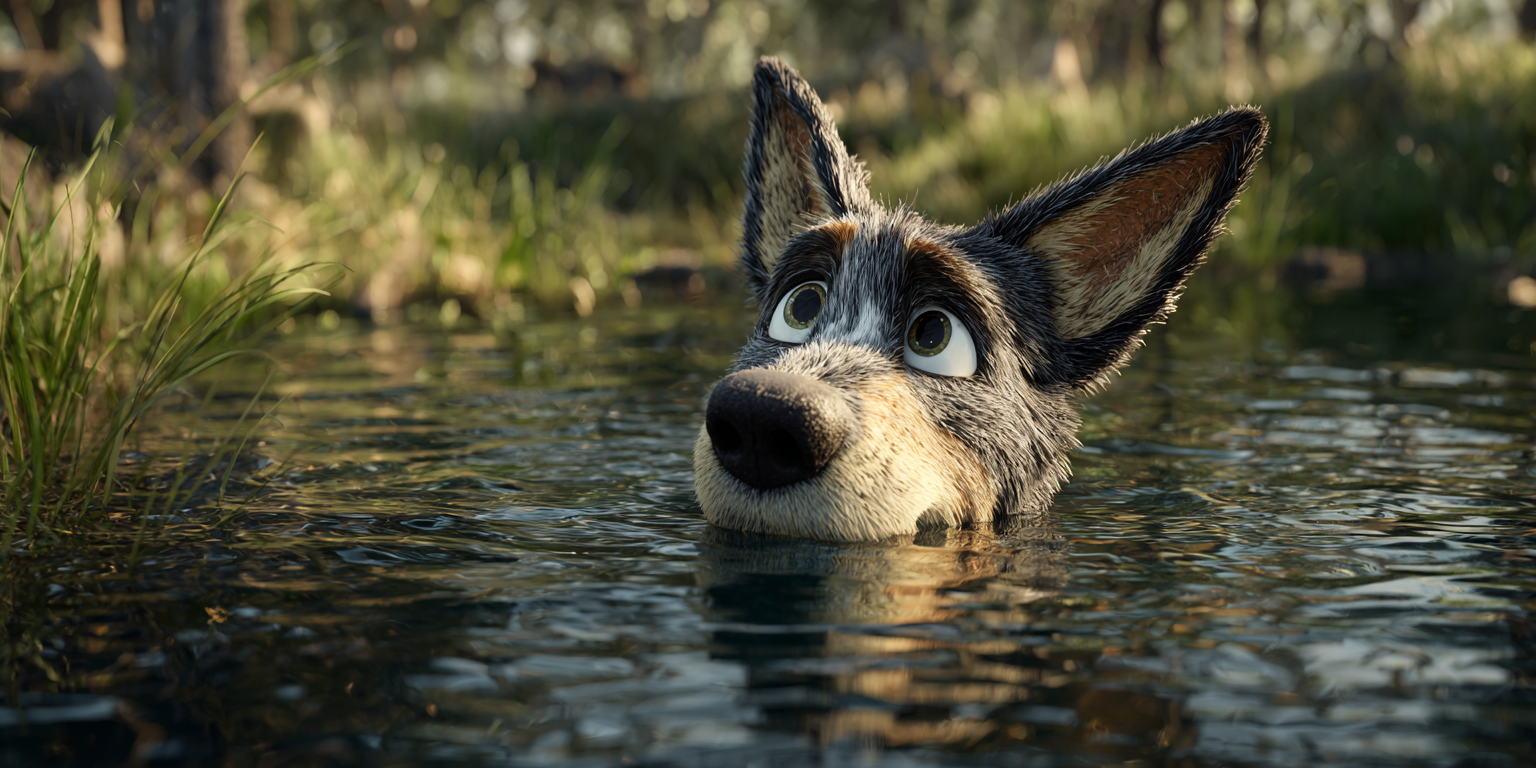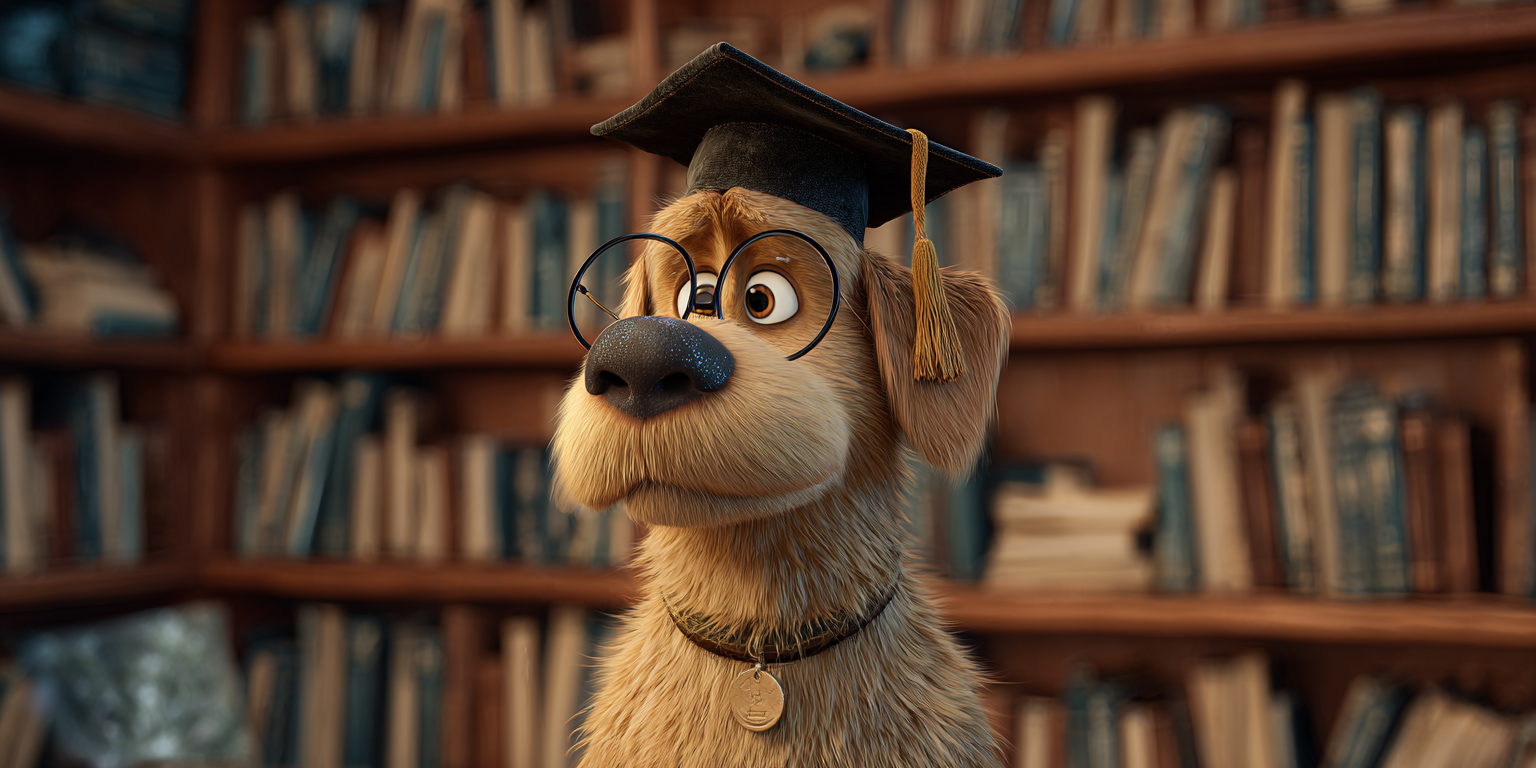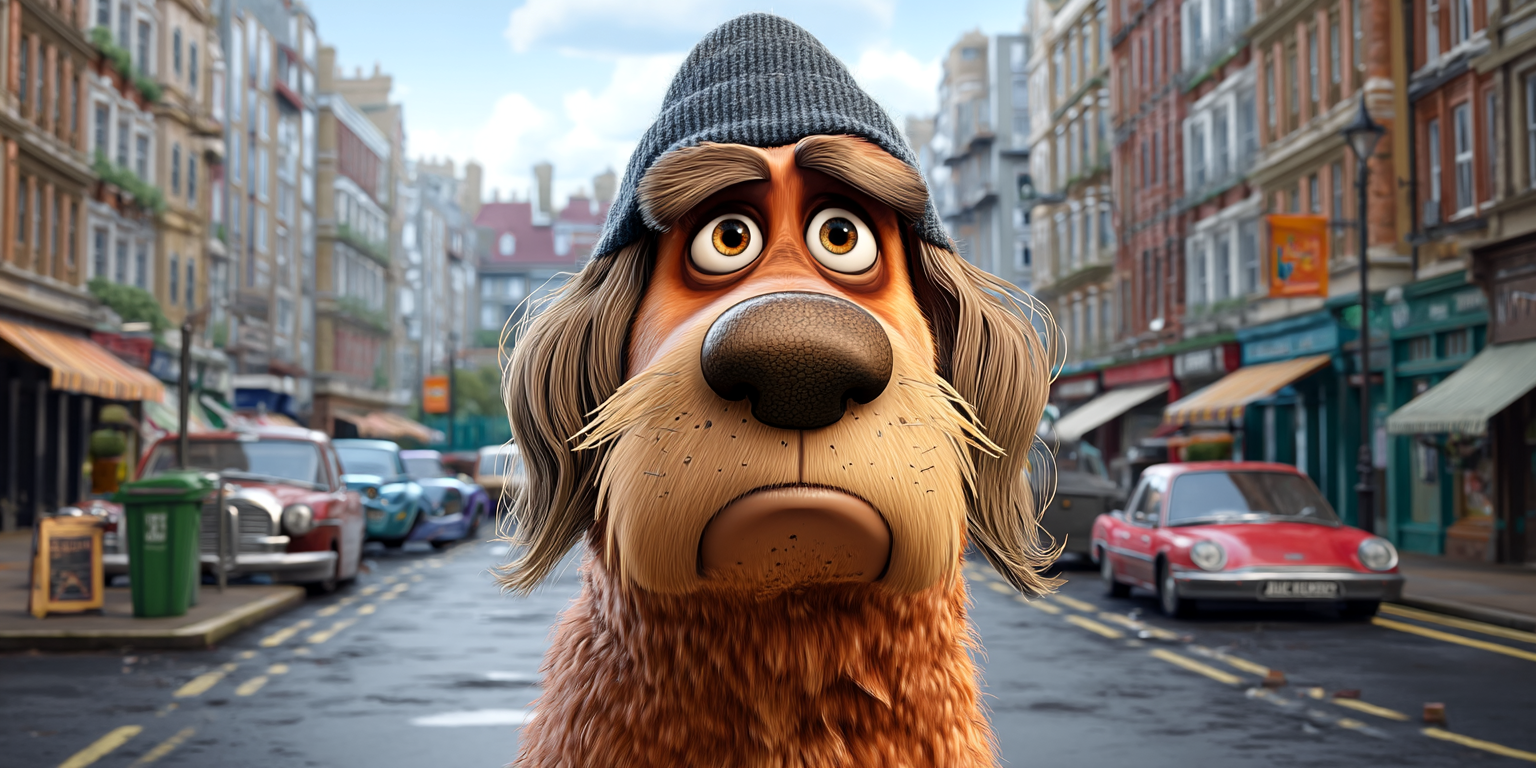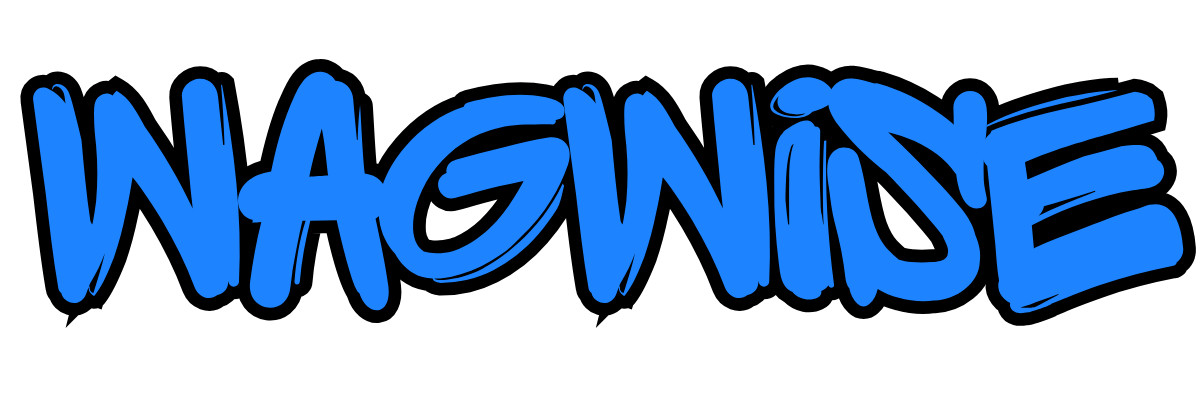Safe & Unsafe Foods for Dogs
Safe & Unsafe Foods for Dogs – Your Ultimate Guide
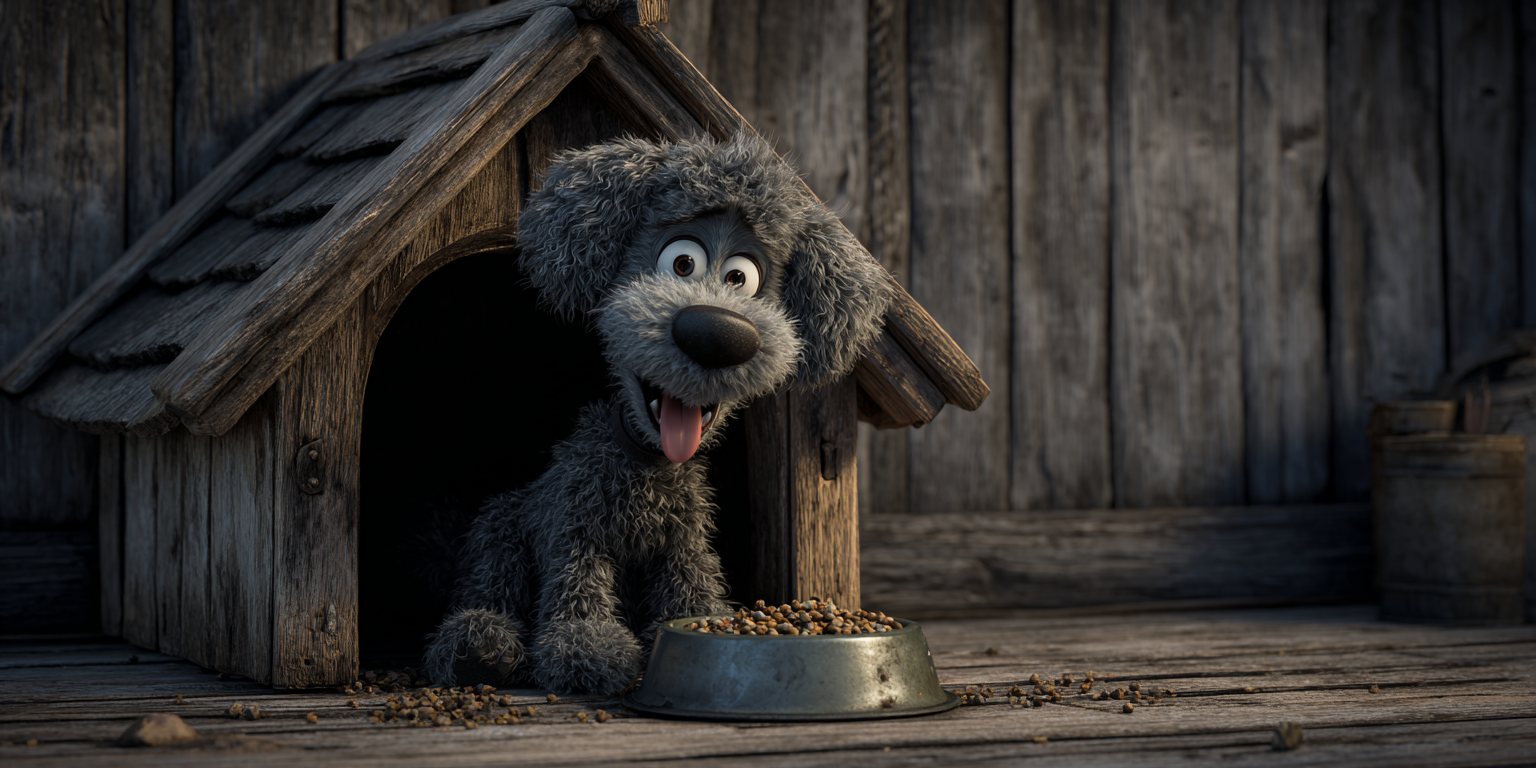
Ever been tempted to slip your dog a bit of your dinner under the table?
You’re not alone!
Dogs have perfected the puppy eyes technique, making us feel guilty every time we eat something they can’t have. But before you share that snack, it’s important to know which foods are safe and which ones can cause serious harm to your furry friend.
Grumpy Old Max says: “If it smells good, I want it. If it’s dangerous, I still want it. That’s why humans need to have more self-control than we do!”
This ultimate guide will break down the safe and unsafe foods for dogs, help you make better choices, and maybe even save you a costly trip to the vet.
Why Knowing Safe and Unsafe Foods for Dogs Matters
Dogs are part of the family, and it’s natural to want to share with them.
However, their digestive systems and metabolisms are very different from ours. Some foods that are perfectly healthy for humans can be toxic to dogs, leading to vomiting, diarrhoea, organ failure, or even death.
Feeding your dog the wrong foods can also lead to obesity, pancreatitis, or nutritional imbalances, which can shorten their lifespan and reduce their quality of life.
Grumpy Old Max says: “We’ll eat anything – socks, rocks, or your new shoes. But just because we can doesn’t mean we should. (Except for your shoes. I regret nothing.)”
Safe Foods for Dogs (in Moderation)
1. Lean Meats
- Chicken, turkey, lean beef, and pork (cooked, unseasoned)
These are excellent sources of protein for dogs. Remove bones and excess fat before serving.
2. Fish
- Salmon, tuna, and sardines (cooked and boneless)
Rich in omega-3 fatty acids, which are great for your dog’s skin and coat. Avoid raw fish and bones.
3. Eggs
- Cooked eggs (scrambled or boiled)
High in protein and vitamins. Always cook eggs to reduce the risk of salmonella.
Grumpy Old Max says: “Eggs are like magic food. Tasty, filling, and perfect for bribery during training sessions.”
4. Fruits
- Safe fruits include: apples (no seeds), bananas, blueberries, watermelon (seedless), strawberries, and mango (pit removed).
These fruits are packed with vitamins and antioxidants.
5. Vegetables
- Carrots, green beans, broccoli, sweet potato, peas, and pumpkin
Great for low-calorie treats and fibre.
6. Plain Rice and Pasta
- Excellent for dogs with upset stomachs when served plain and in moderation.
7. Peanut Butter
- A dog favourite! Just make sure it doesn’t contain xylitol, which is toxic to dogs.
Foods Dogs Should NEVER Eat (Toxic or Dangerous)
1. Chocolate
- Contains theobromine, which can cause vomiting, diarrhoea, seizures, and death.
Grumpy Old Max says: “Apparently chocolate is bad for me. I still think it smells heavenly. So unfair.”
2. Grapes and Raisins
- Can cause sudden kidney failure, even in small amounts.
3. Onions and Garlic
- These can damage red blood cells and cause anaemia.
4. Avocado
- Contains persin, which is toxic to dogs and can cause vomiting and diarrhoea.
5. Alcohol
- Even small amounts can lead to ethanol poisoning, causing vomiting, tremors, or even coma.
6. Caffeine
- Found in coffee, tea, and energy drinks – caffeine can be deadly to dogs.
7. Xylitol (Artificial Sweetener)
- Found in sugar-free gum, lollies, and peanut butter. It can cause a sudden drop in blood sugar and liver failure.
8. Cooked Bones
- They can splinter, causing internal injuries or blockages.
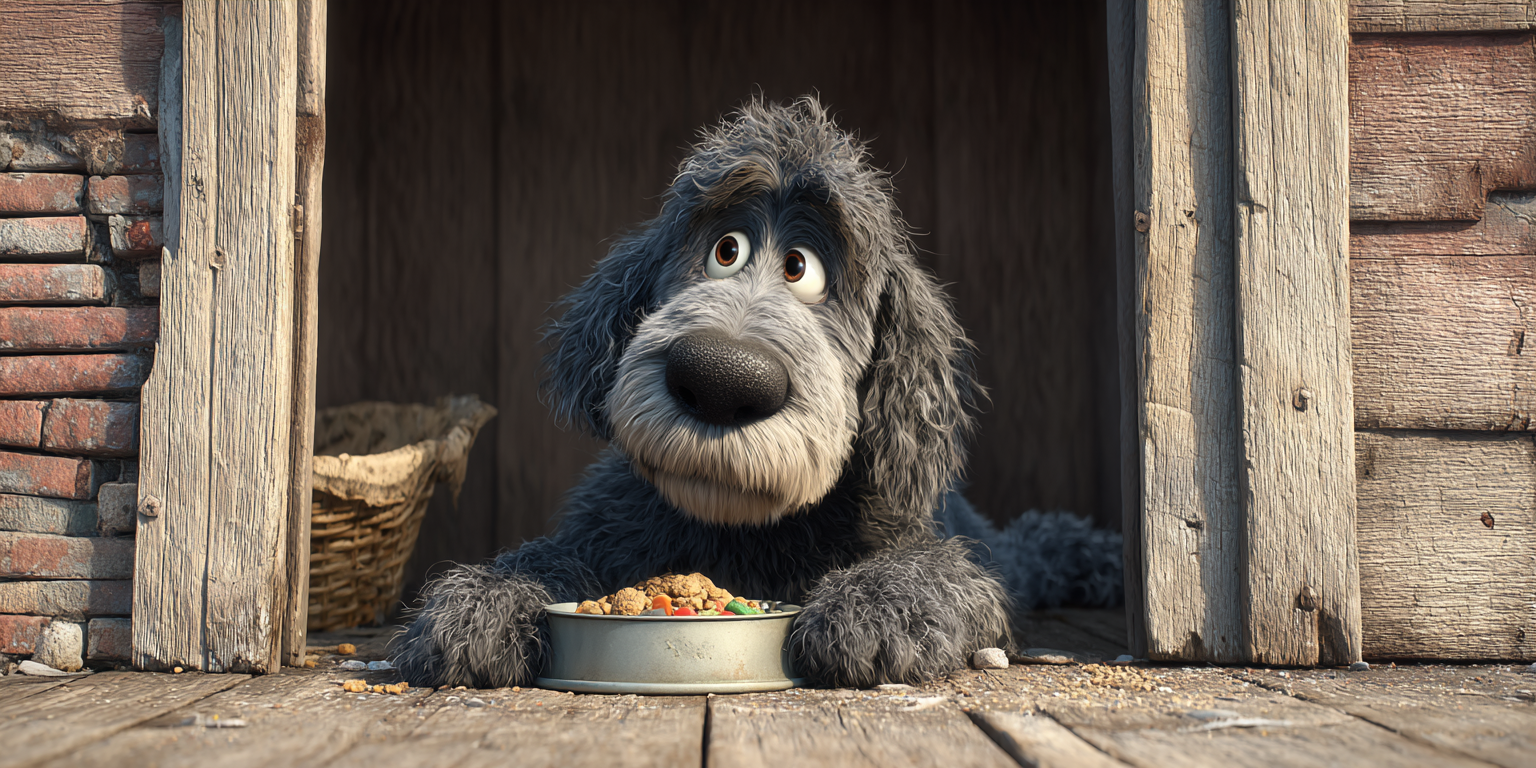
Foods That Are Risky and Should Be Avoided
Some foods aren’t exactly toxic, but they’re not recommended:
- Dairy products: Many dogs are lactose intolerant.
- Fatty meats: Can cause pancreatitis.
- Salted snacks: Too much salt can lead to dehydration or sodium poisoning.
- Raw meat and fish: Risk of bacteria or parasites.
Grumpy Old Max says: “I’ll happily eat your cheese platter and then clear the room with my farts. Trust me, you won’t enjoy that as much as I will.”
Signs Your Dog Ate Something Toxic
Look out for symptoms such as:
- Vomiting or diarrhoea
- Drooling or pawing at the mouth
- Tremors or seizures
- Lethargy or collapse
- Loss of appetite
- Rapid heart rate
If you suspect your dog ate something harmful, contact your vet immediately.
Safe Treat Alternatives
Instead of risky table scraps, try these safe dog treats:
- Frozen blueberries
- Slices of apple or carrot
- A dollop of plain Greek yoghurt (if tolerated)
- Dog biscuits or training treats
Grumpy Old Max says: “I’ll take the blueberries, thanks. But don’t expect me to share.”
Printable Quick Guide – Foods Dogs Can & Can’t Eat
| Safe Foods | Unsafe Foods |
|---|---|
| Lean cooked meats | Chocolate |
| Cooked fish (boneless) | Grapes & raisins |
| Cooked eggs | Onions & garlic |
| Apples, bananas, berries | Avocado |
| Carrots, pumpkin, peas | Alcohol |
| Plain rice/pasta | Caffeine |
| Peanut butter (no xylitol) | Xylitol (sweetener) |
| Sweet potatoes | Cooked bones |
Tips to Keep Your Dog Safe
- Educate the family – Make sure everyone knows which foods are safe and unsafe.
- Store food properly – Keep harmful foods out of reach.
- Use dog-safe alternatives – Plenty of dog-friendly snacks are available.
- Check labels – Xylitol can hide in unexpected places.
Grumpy Old Max says: “You think I won’t get on the counter? Ha! Watch me. Better put that chocolate away, human.”
Final Thoughts
Sharing food with your dog can be a bonding experience – but only if it’s safe. Always stick to dog-friendly treats and avoid risky human foods. When in doubt, ask your vet before giving your dog something new.
Grumpy Old Max’s parting words: “If it’s safe, give me two. If it’s unsafe, eat it in another room so I can’t guilt-trip you.”

